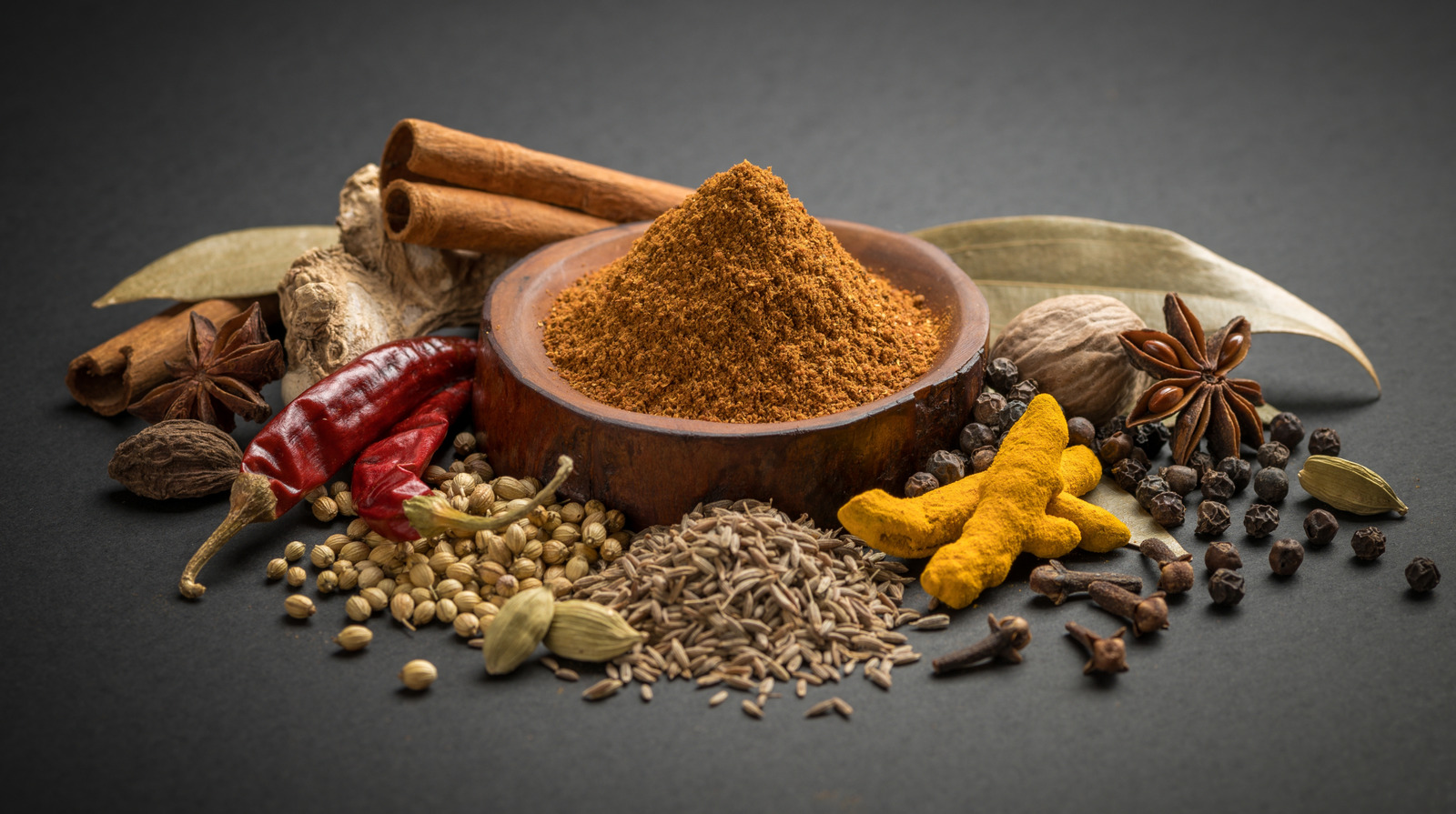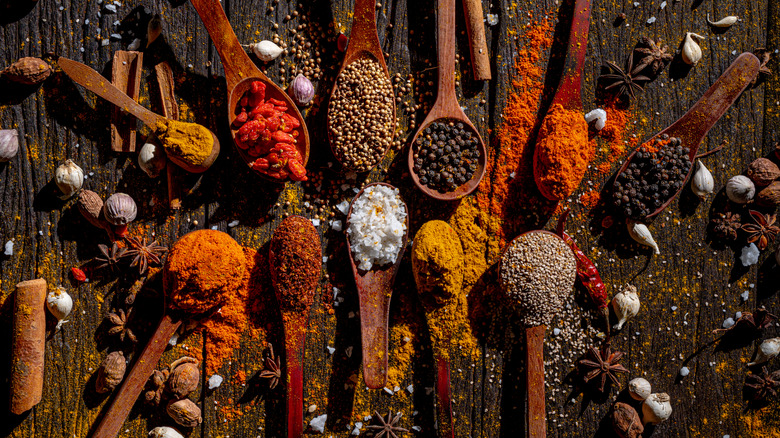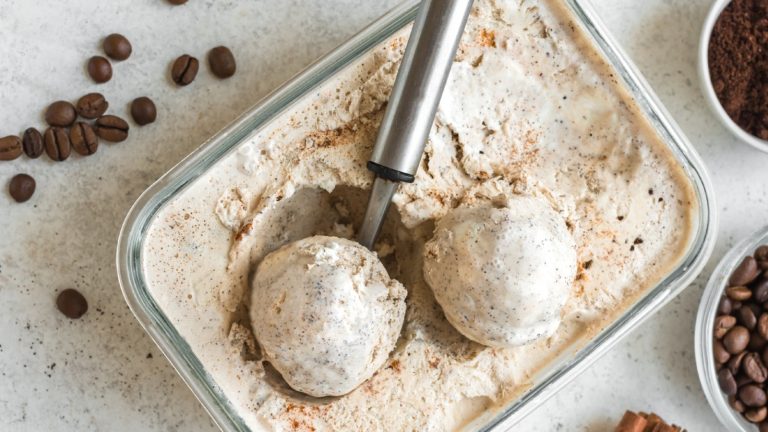We may receive a commission on purchases made from links.
If you’ve ever started at your spice rack, unsure of whether to break out the garam masala or curry powder, you’re not alone. While the seasonings might seem interchangeable — after all, they’re both vibrant, aromatic spice blends used in Indian cuisine — they are wildly different in terms of flavor, cultural significance, and how they came to be.
There’s no single recipe for either blend — both vary depending on region, brand, or household, but the core flavor profiles are distinct. Curry powder tends to be made up of a blend of aromatic, earthy spices like cumin, coriander, fenugreek, and turmeric (which gives it that signature yellow hue), whereas garam masala typically includes warm, sweet spices like cloves, cardamom, and peppercorns. While curry powder usually helps build the foundation of a dish, garam masala tends to be sprinkled in as a final touch to enhance and deepen the overall flavor.
Curry powder has been adopted and adapted across the world, with Trinidad and Jamaica supplementing chili powder with fresh chilis, while Thailand and Vietnam switch ginger with dried galangal. On the other hand, garam masala is used across India in countless variations, from family recipes to regional specialties, such as Kashmiri garam masala or Punjabi garam masala. The name translates to ‘hot spice mix,’ and in Ayurvedic medicine, it is thought to raise the body temperature.
What’s the history?
Curry comes from the Tamil word ‘kari,’ meaning sauce. It wasn’t a traditional Indian dish, but was something the “Europeans imposed on India’s food culture” during British colonialism, according to Lizzie Collingham in “Curry: A Tale of Cooks and Conquerors.” The nabobs (retired officers in the mainland) developed a taste for specialties like Rogan Josh, Dopiaza, and Korma, but “lumped all these together under the heading of curry.” And then curry powder naturally followed suit and was turned into a commodity by the East India Company, soon hitting shelves and becoming a central component of the British diet. Indian chefs, like 1970s cookbook writer Madhur Jaffrey, have slammed the spice mix for reducing the region’s rich and varied cuisine.
Garam masala, meanwhile, is a living part of Indian culinary culture. It’s thought to originate in Northern India, and can be traced back to the 13th century Mongol empire. But today, you might find variations mixed into a Kashmiri rogan josh or a North Indian chicken tikka masala, often added just before serving to bring out the dish’s final aroma. Rather than reaching for your spice rack, why not try grinding a spice blend yourself? It’ll connect you more deeply with the culinary richness and history that no jar of curry powder or garam masala can truly replicate.






